We catalyze understanding and awareness of plastic pollution in Eastern Canada, a pervasive issue on Canada’s coastline.
Plastic pollution is a global scourge that greatly affects Eastern Canada, from the Great Lakes to the Atlantic Ocean, via the St. Lawrence River, Estuary and Gulf.
Only 9% of plastics are recycled in Canada, and Canadians are the world’s biggest producers of waste per capita, ahead of China, India and the USA.

More and more plastic items are being produced every day, only to be used for a few moments before being thrown away… And then ending up in our streams, rivers, lakes, the St. Lawrence and the Atlantic.
OUR IMPACT
Here’s the result of our collective efforts against plastic pollution
20 Tons
equivalent to 2 minke whales
2 900 000 m2
or 6 times the surface area of the island of Montreal
10 167
Cigarette buds
2436
participating volunteers since 2018
Plastic pollution, the issue
Marine litter and plastic pollution are a threat to the ecological balance, as they interact with other stressors to cause damage to ocean ecosystems.
Plastic fragments are found in the snow and ice of the highest mountains, in the stomachs of whales, birds, turtles and fish, float on the water surface and accumulate on the seabed. Microplastics are present in the air we breathe, in the smallest aquatic and marine organisms and in our own blood. Despite the omnipresence of pollution, the production and use of plastics continues to grow rapidly and is set to increase further over the next 20 years.
There are more microplastics in the oceans than stars in the galaxy
A plastic bottle takes 450 years to degrade in the environment |
|
A cigarette butt takes 15 years to degrade and contaminates 500 liters of water. |
|
Styrofoam never degrades. |
But what is the state of plastic pollution in eastern Canada?
The St. Lawrence River is ranked as one of the most contaminated rivers in the world by microplastics. Our data reveal a worrying trend: the concentration of plastic waste is increasing significantly towards the Gulf and the Atlantic, suggesting a shift of upstream waste from urban areas downstream.
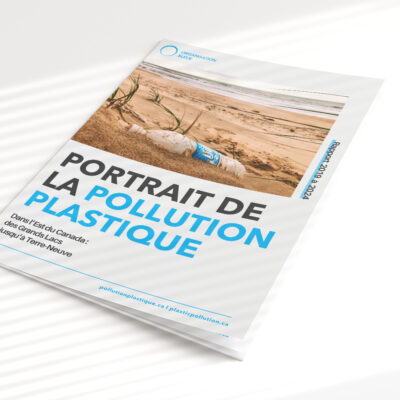
Report
Read the full report Portrait of plastic pollution 2019-2024
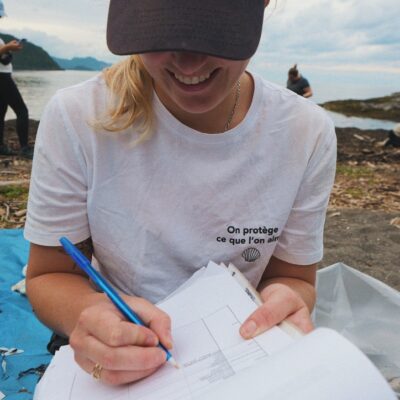
Database
Consult the database for the Portrait of plastic pollution 2019-2024

Infography
Consult the infography Portrait of the plastic pollution
Our programs
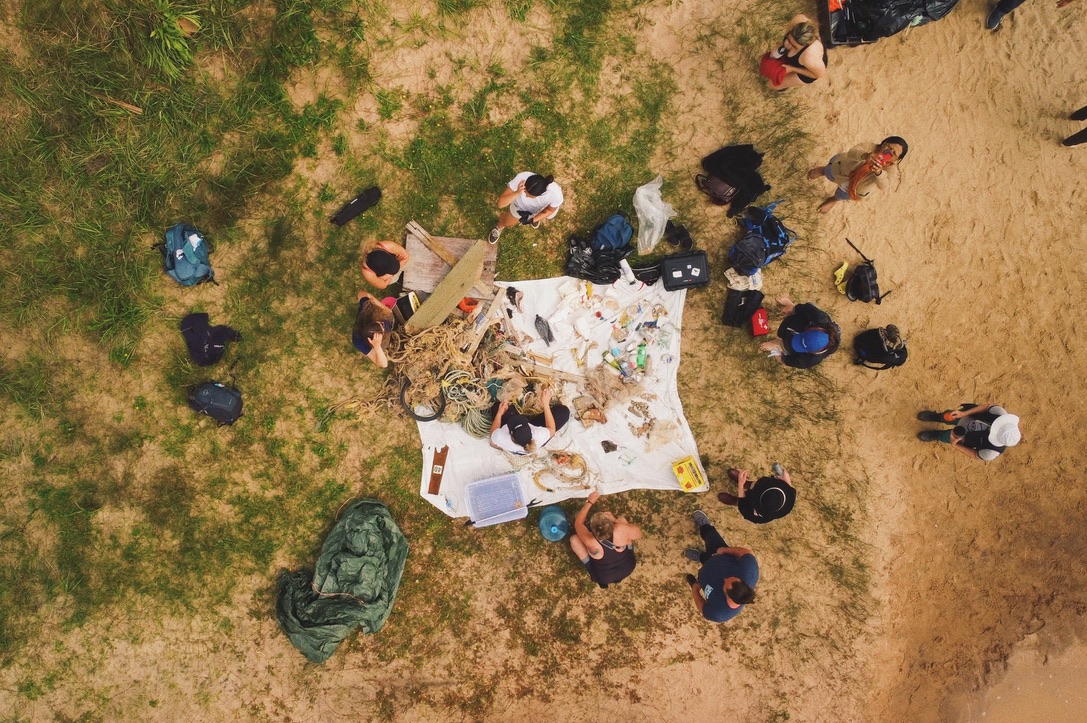


Exhibition and visual arts
Discover our exhibitions and visual artworks made from plastic waste
Send a message in a bottle
Ask our politicians to step up the fight against plastic on our riverbanks
Join a cleanup near you
Check out our calendar of events to become an important ally in helping us restore Canada’s shorelines and waterways.
Our partners
